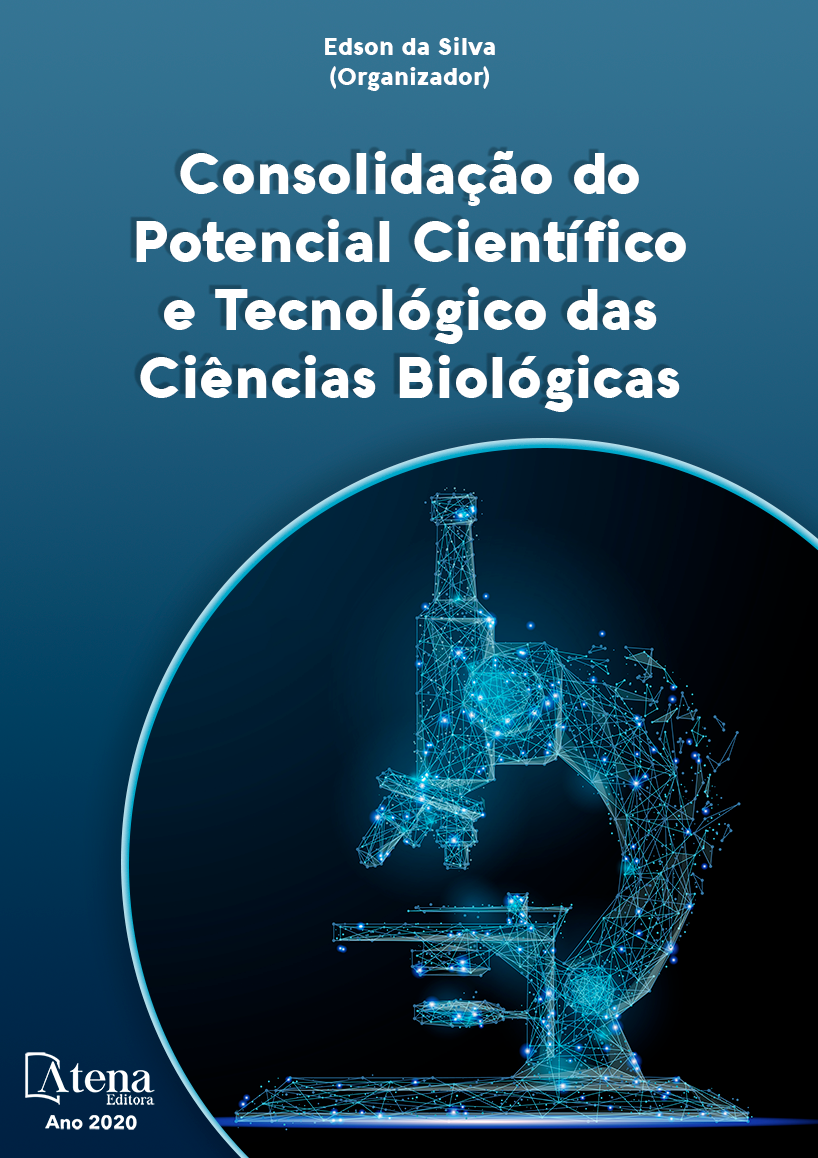
Anatomia foliar de Aechmea blanchetiana (Baker) L. B. SM (BROMELIACEAE) sob distintas condições de luminosidade
Bromeliaceae possui espécies que são conhecidas mundialmente pelo seu potencial paisagístico, apresentam também importância biológica quando trata-se da sua interação com outras espécies possibilitando a sobrevivência dessas. Aechmea blanchetiana é uma espécie da Mata Atlântica encontrada na restinga e que tem sua distribuição restrita aos estados da Bahia e Espírito Santo. O trabalho teve como objetivo informar e descrever os constituintes da estrutura foliar de A. blanchetiana desenvolvidas em diferentes condições de luminosidade a fim de constatar se o meio em que estão inseridas pode modificar suas estruturas e, mostrar possível adaptação quando houver mudanças bruscas no ambiente. O material para estudo foi coletado na restinga do bairro Liberdade, na cidade de São Mateus-ES, sendo realizada amostragem de cinco moitas distintas em ambientes com alta incidência de irradiação solar e em locais sombreados, o material foi fixado e mantido em álcool 70%. Para o estudo anatômico foram feitas secções paradérmicas das faces adaxial e abaxial e transversais à mão livre com auxílio de lâmina de aço. As folhas apresentam tricomas peltados, estômatos tetracíticos na face abaxial, as células epidérmicas possuem parede celular sinuosa e corpos de sílica além de serem revestidas por uma fina cutícula. As secções transversais mostram a presença dos parênquimas aquífero, clorofiliano e aerênquima. A análise anatômica mostrou que não houve divergência dos tecidos das folhas de A. blanchetiana que se apresentaram em diferentes condições de luminosidade, mostrando que a espécie estudada apresenta resistência a alterações das condições luminosas e pode sobreviver independente deste fator.
Anatomia foliar de Aechmea blanchetiana (Baker) L. B. SM (BROMELIACEAE) sob distintas condições de luminosidade
-
DOI: 10.22533/at.ed.47020030819
-
Palavras-chave: Bromélia, estrutura foliar, plasticidade, restinga
-
Keywords: Bromeliad, leaf structure, plasticity, restinga
-
Abstract:
Bromeliaceae has species that are known worldwide for their landscape potential, they also have biological importance when it comes to their interaction with other species enabling their survival. Aechmea blanchetiana is a species of the Mata Atlântica found in the restinga and its distribution is restricted to the states of Bahia and Espírito Santo. The objective of this work was to inform and describe the constituents of A. blanchetiana leaf structure developed under different light conditions in order to verify if the environment in which they are inserted can modify their structures and show possible adaptation when there are sudden changes in the environment. The material for study was collected in the restinga of the Liberdade neighborhood, in the city of São Mateus-ES, being sampled from five different bushes in environments with high incidence of solar irradiation and in shaded places, the material was fixed and kept in alcohol 70%. For the anatomical study, paradermic cuts of the adaxial, abaxial and transversal faces were made freehand with the aid of a steel blade. The leaves have peltate trichomes, tetracytic stomata on the abaxial surface, the epidermal cells have a sinuous cell wall and silica bodies in addition to being covered by a thin cuticle. Cross sections show the presence of the aquiferous parenchyma, chlorophyll and aerenchyma. The anatomical analysis showed that there was no divergence in the tissues of A. blanchetiana leaves that presented themselves under different light conditions, showing that the species studied is resistant to changes in light conditions and can survive regardless of this factor.
-
Número de páginas: 11
- Elisa Mitsuko Aoyama
- Jackson Fabris Fiorini


